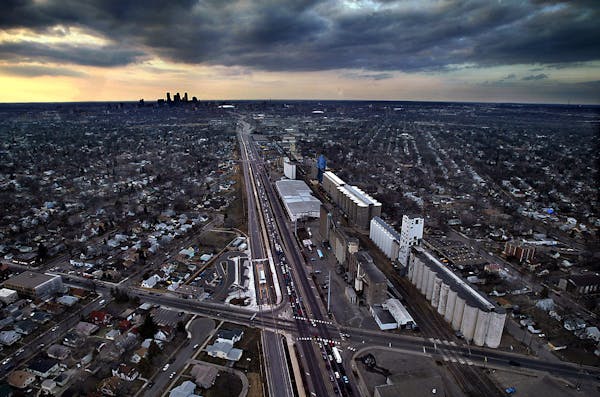The latest light-rail crisis concerns last week's updated cost estimate for the Southwest corridor, now approaching $2 billion. Though Gov. Mark Dayton was "shocked and appalled," keep in mind that the roughly 20 percent jump after the project went from 1 percent to 30 percent engineered is hardly unprecedented. Nor is a $2 billion price tag for a massive transit project that includes tunneling.
Still, it's a big number in a community skeptical of rail transit, and it's obvious that something has to give.
Candidly, a lot of the cost doesn't generate mobility. Some results from onerous procurement and environmental requirements that come with federal dollars. For example, should the region be required to clean up dirty railroad land only to replace it with railroad? Tens of millions go to consultants whose role is often to suggest outcomes that drive the cost up even further. Many in the transportation universe believe modern light-rail systems are overbuilt for the basic mobility goals. Still, these are not easy things to overcome on the fly.
Insiders are suggesting two options that would not send Southwest LRT back to square one, but would significantly lower its price.
• Stop in Hopkins: Though it will not overcome the Kenilworth fight or soil issues in the inner suburbs, hundreds of millions can be saved by building the line only as far along its planned route as the existing railroad right of way goes — Hopkins. Then concerns about competing with SouthWest Transit's luxury express buses in Eden Prairie fall by the wayside, as do the heavy costs of building rail right of way from scratch. Ridership would still be substantial, and the line could always be extended later to Eden Prairie.
• Build commuter rail: Unlike the troubled Northstar corridor, there are two rail corridors to the west/southwest that are demographically tailor-made for commuter rail: BNSF to Wayzata or Long Lake or TC & W to Chanhassen and vicinity (the designated Southwest LRT route). Both would require construction of an additional track, but commuter rail is otherwise cheaper to build.
Service levels would be three to four times an hour in rush hour, half that off-peak. Equipment would be geared to commuters, with Wi-Fi, cushioned seats and other amenities. With sufficient parking, such a line could carry a substantial portion of Southwest LRT's potential ridership at less cost. A model is San Diego's "sprinter" trains.
Using the BNSF route would eliminate the Kenilworth pinch point, while the TC & W route could be utilized without tunneling by restricting freight to specified time slots for four daily trains.
Neither of these options is without challenges; there would be diminished returns in station-area development, single-ride connectivity to light rail, and socioeconomic equity. But if we're focused on a mobility solution foremost, they're worth a look.
Adam Platt is executive editor of Twin Cities Business.
Aid votes show Congress can still work
Readers Write: Cellphones in schools, potholes, child abuse, good journalism


